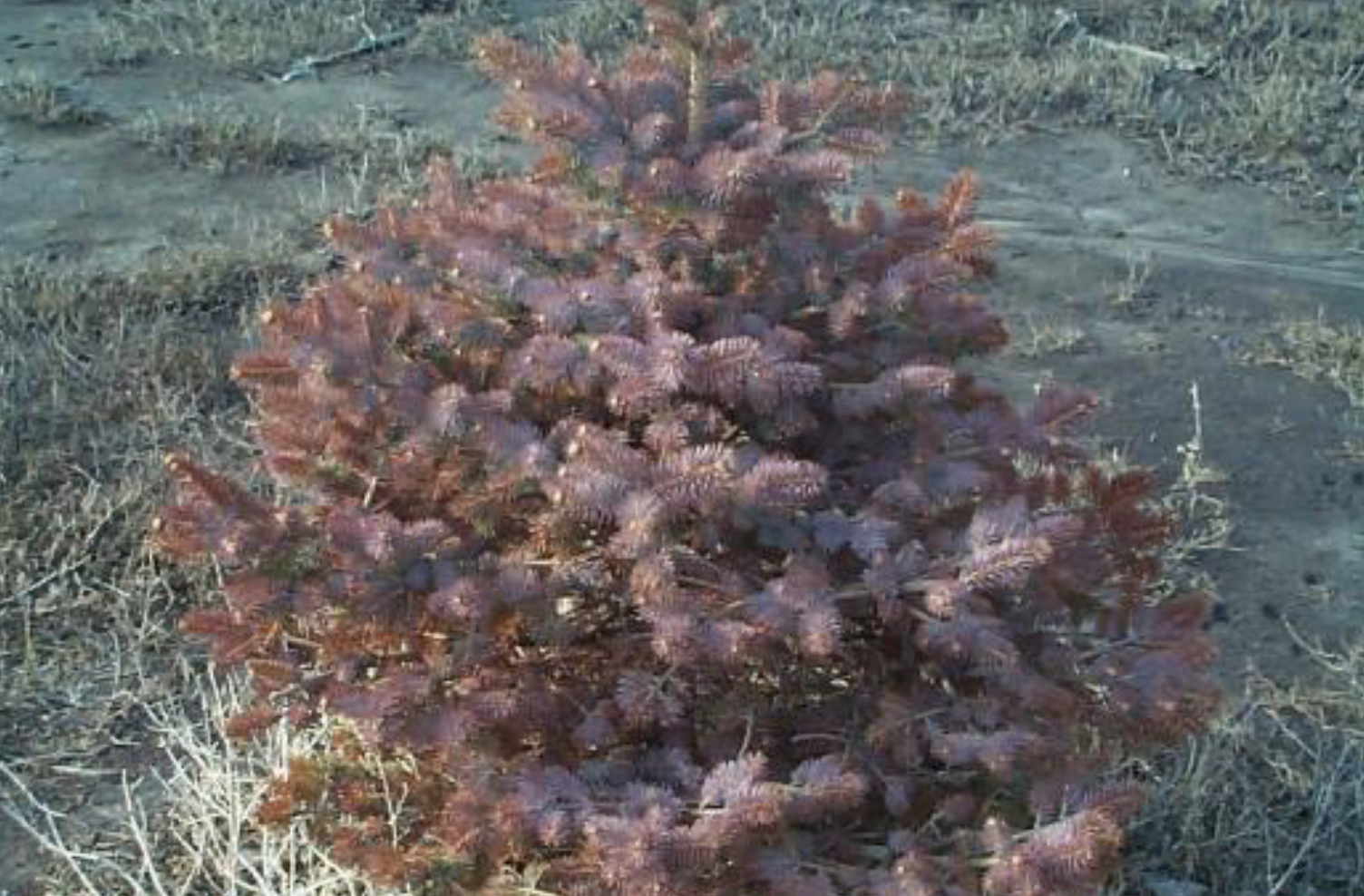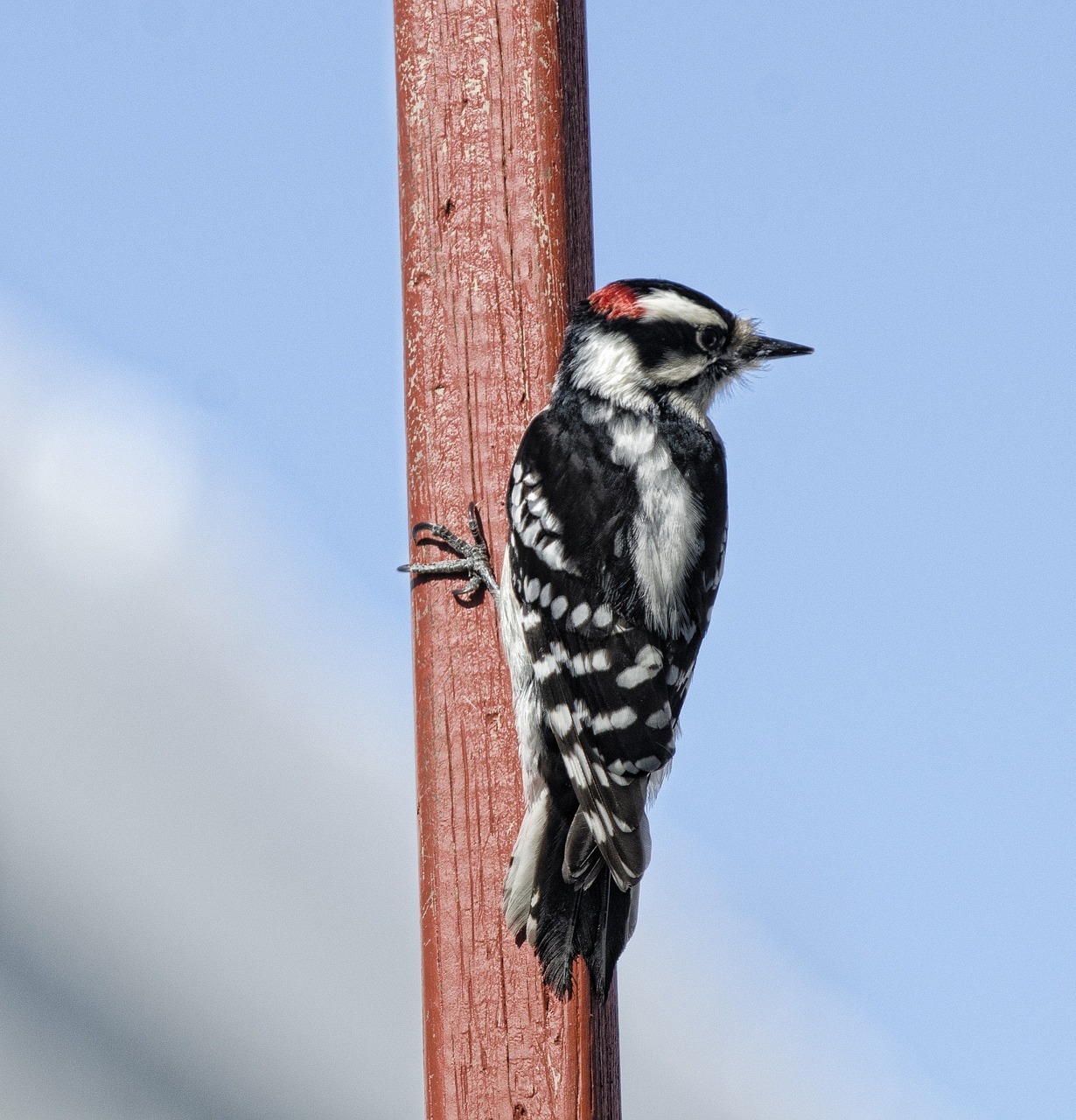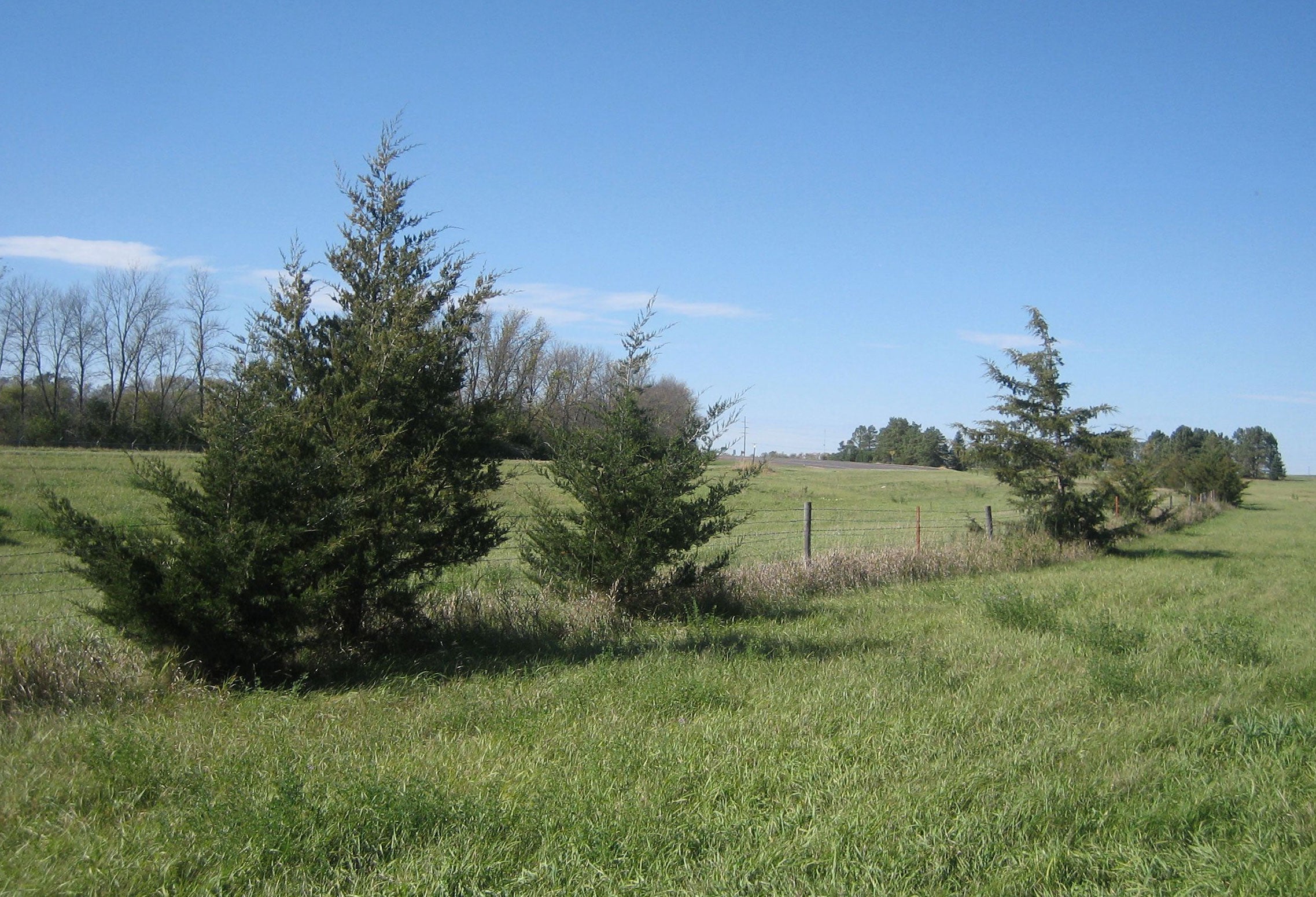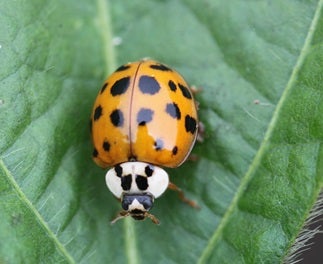Search

Sorghum Weed Control
Early competition, especially from grass, is critical for successfully controlling weeds in sorghum. There are preemergence as well as postemergence herbicides available for this crop. Early treatment provides the best control of broadleaved weeds with crop stage also being a critical factor for some postemergence treatments.

Planting Into Wet Soils
It is evident that there are high chances of planting into wet soils this spring. This is not a good decision when normal soil conditions appear to be attainable, but this year we may not have a choice.

Weeds Around Spruce Seedlings?
I have many producers call wanting a control for the broadleaf weeds coming up around their young Colorado and Black Hills spruce seedlings. At this time of year we are looking at post-emergence herbicides to control weeds that have become established.

Lady Beetles of South Dakota
Lady beetles are one of the most familiar groups of beneficial insects. Farmers and gardeners appreciate them for devouring insect pests. Both adult lady beetles and caterpillar-like juveniles eat pests.

Woodpeckers Attacking Bur Oaks
Woodpeckers have been seen across the region chipping away at the bark of young bur oak. The woodpeckers can shred most of the bark from young trees, enough that the trees are killed by this injury.

Woody Weeds: Eastern Red Cedar
While eastern red cedar (Juniperus virginiana) is native to South Dakota, and has many positive qualities, it has become a problem species over large areas of the Great Plains.

Container Gardens and CSAs
Just about all of us have room to grow a few vegetables, as long as you have some space where they can get good sun exposure for at least six hours a day. You don’t even have to have a garden!

Cover Crops After Small Grains
In last few years, interest in using cover crops has been increasing tremendously among crop and livestock producers in South Dakota. Growing cover crops following small grain is gaining more attention due to feasibility in cover crops species selection and also the time of the year where cover crops receive longer growing and establishing time than following row crops.

An identification guide to Native Pollinator Plants of South Dakota for Managed Landscapes
A guide of Native Pollinator Plants in South Dakota.

Lady Beetles of South Dakota
A guide for monitoring, properly identify, and promoting the growth of lady beetles.